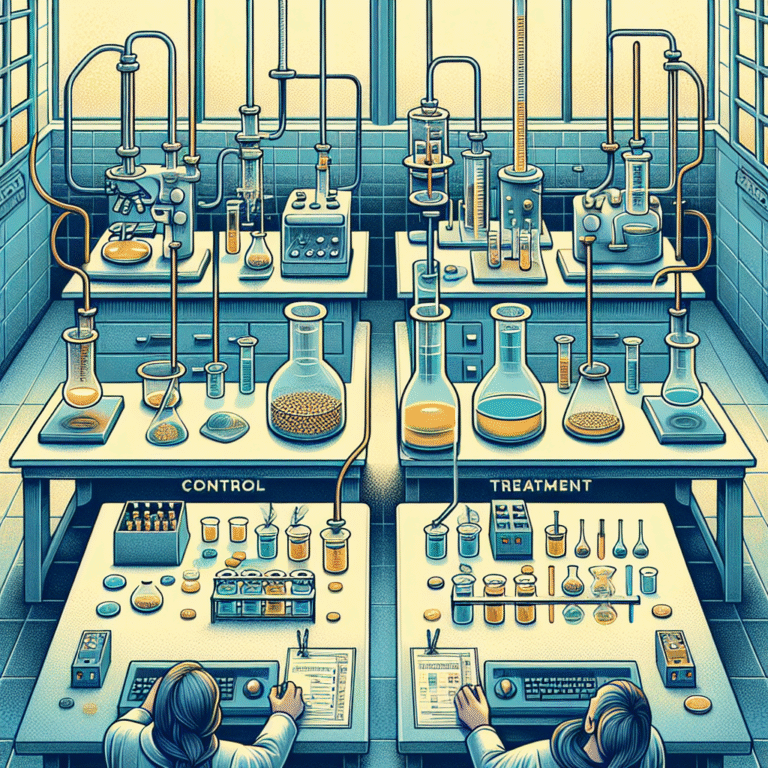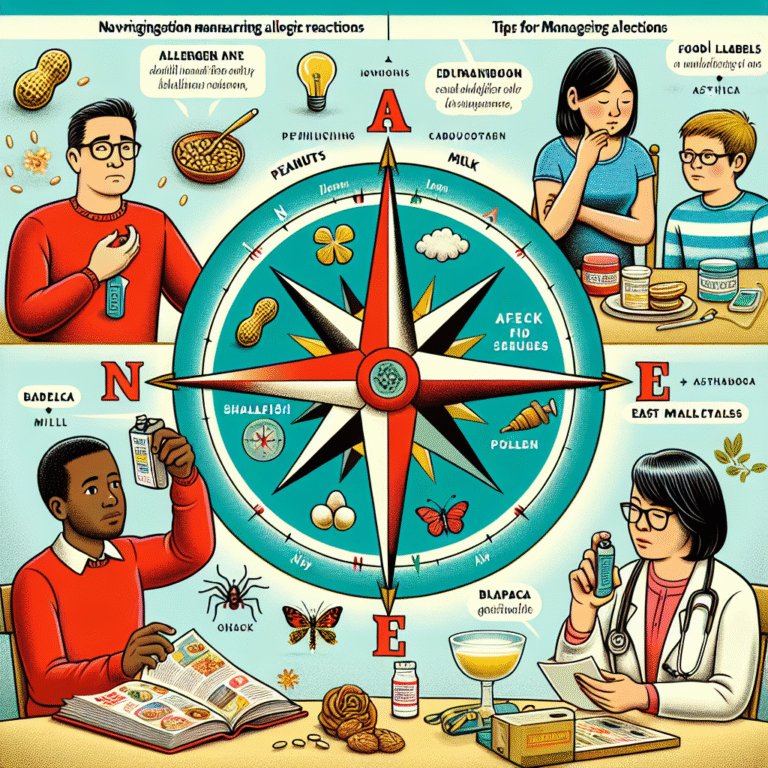
Introduction
In an era rife with distractions, the ability to focus has never been more critical. Whether you’re navigating a hectic work environment, managing a family, or pursuing personal goals, your capacity to harness selective attention could be the key to success. This deep dive into the nuances of selective attention reveals proven strategies for refining your concentration skills, enhancing productivity, and ultimately achieving your objectives. Let’s unlock the secrets to Harnessing Selective Attention: Tips for Boosting Your Concentration that can lead you to a more fulfilling and effective life.
Understanding Selective Attention
What is Selective Attention?
Selective attention refers to our brain’s capacity to focus on a specific task or stimulus while ignoring distractions. Think of it as a spotlight that illuminates only the most important aspects of what you’re experiencing. For instance, during a noisy family dinner, you can still engage in a conversation with one person despite numerous background dialogues vying for your attention.
Table 1: Types of Selective Attention
| Type | Description | Example |
|---|---|---|
| Sustained Attention | Focus maintained over time | Studying for hours without distraction |
| Selective Attention | Focusing on one thing while ignoring others | Listening to a lecture in a noisy room |
| Alternating Attention | Switching focus between tasks | Answering emails during a phone call |
| Divided Attention | Managing multiple tasks at once | Cooking while chatting on the phone |
The Science Behind Selective Attention
Neuroscience reveals that selective attention is rooted in brain areas such as the prefrontal cortex and parietal lobes. These regions collaborate to filter sensations and prioritize information critical to your needs. Knowing how your brain processes information can equip you with tips for enhancing your concentration effectively.
The Importance of Concentration in Daily Life
Real-World Applications
-
Professional Success: A focused worker is often a productive worker. Companies increasingly recognize that employees who can immerse themselves in their tasks contribute more effectively. This is backed by studies demonstrating that high concentration enhances problem-solving skills, creativity, and overall performance.
Case Study: Google’s Focused Work Environment
Google has created dedicated quiet spaces for employees, enabling sustained attention on projects. This has resulted in a noticeable increase in both employee satisfaction and output. Their data-driven approach to workplace design shows a direct correlation between a focused environment and productivity.
-
Academic Performance: Students who can manage their attention effectively tend to achieve higher grades and retain information more efficiently. Techniques such as the Pomodoro Technique promote continuous focus and regular breaks, leading to better learning outcomes.
Case Study: The Pomodoro Technique in Education
Numerous educational institutions have implemented the Pomodoro Technique into their curriculums, resulting in improved concentration and heightened exam performance among students. Surveys indicate that students report feeling less overwhelmed and more in control of their study sessions.
The Societal Impact of Distracted Minds
In a society overloaded with stimuli from smartphones, notifications, and social media, distraction has become a ubiquitous phenomenon. Reports indicate that adults spend an average of 11 hours a day interacting with media—particular activities yielding less meaningful outcomes. The need for Harnessing Selective Attention: Tips for Boosting Your Concentration is becoming more than a personal endeavor; it’s a societal necessity.
Tips for Boosting Your Concentration
1. Create an Optimal Work Environment
Your surroundings can profoundly affect your ability to concentrate. Declutter your workspace and create a designated area for focused tasks.
- Tip: Use noise-canceling headphones or play music designed to enhance focus, such as binaural beats.
2. Time Management Techniques
Integrate time-management frameworks like the Pomodoro Technique. Work for 25 minutes, then take a 5-minute break. This structure helps recharge your attention span.
Table 2: Pomodoro Technique Breakdown
| Duration | Activity | Description |
|---|---|---|
| 25 Minutes | Focus Work | Engage in a task without distractions |
| 5 Minutes | Break | Relax and recharge |
| 25 Minutes | Focus Work | Start the next Pomodoro |
| 15 Minutes | Extended Break | After completing four cycles |
3. Limit Digital Distractions
Leverage technology to assist your focus rather than detract from it. Use apps to block distracting websites while working.
- Tip: Implement screen-time limits and utilize productivity tools that remind you to stay on task.
4. Mindfulness Practices
Mindfulness meditation has been shown to enhance attention control. Regular practice can lead to improved focus.
- Tip: Start your day with a 10-minute meditation session. Apps like Headspace and Calm can facilitate this journey.
5. Physical Well-being
Your physical health is intricately linked to your mental focus. Maintain proper hydration, nutrition, and exercise routines to boost cognitive function.
- Tip: Implement regular breaks for physical activity. A short walk can significantly replenish your focus.
6. Set Clear Goals
Establishing both short-term and long-term goals can help direct focus. Use SMART (Specific, Measurable, Achievable, Relevant, Time-bound) criteria to set your objectives.
- Tip: Write down your goals and review them regularly to keep your mind sharply focused.
7. Practice Visualization Techniques
Visualizing your tasks can bolster your focus. Spend a few minutes imagining completing a project successfully.
8. Prioritize Your Tasks
Not every task holds equal weight. Use the Eisenhower Matrix to classify tasks based on urgency and importance.
Table 3: Eisenhower Matrix
| Important | Not Important | |
|---|---|---|
| Urgent | 1. Do it now | 2. Delegate it |
| Not Urgent | 3. Schedule it | 4. Eliminate it |
9. Rest and Recharge
Never underestimate the power of adequate rest. Sleep is a crucial component of cognitive function and concentration.
- Tip: Develop a bedtime routine to ensure high-quality sleep.
10. Seek Feedback
Engage peers and mentors to provide feedback on your focus strategies. External insights can refine your approach to selective attention.
Conclusion
Successfully Harnessing Selective Attention is a multifaceted endeavor that encompasses environmental adjustments, time management techniques, and personal well-being. By implementing these strategies, you can sharpen your concentration and reclaim your focus amidst the distractions of modern life.
Whether in academia, the workplace, or personal projects, mastering these skills will lead to profound improvements in productivity and overall satisfaction. Remember, every journey begins with a single step – take yours today by implementing these essential tips for boosting your concentration.
FAQs
1. What is selective attention?
Selective attention is the cognitive process of focusing on a specific stimulus while ignoring others. It’s essential for effective concentration and productivity.
2. How can I improve my focus in a distracting environment?
You can improve focus in a distracting environment by decluttering your space, using noise-canceling headphones, and blocking distracting websites.
3. What role does mindfulness play in concentration?
Mindfulness practices, such as meditation, train your brain to enhance attention control, which can significantly improve your concentration over time.
4. Are there specific foods that help boost concentration?
Foods rich in antioxidants, healthy fats, vitamins, and minerals, like blueberries, fatty fish, and dark chocolate, enhance cognitive function and focus.
5. How does physical health influence focus?
Physical health is closely linked to cognitive functions. Regular exercise, adequate sleep, and a balanced diet greatly influence your ability to concentrate effectively.
Incorporating these insights on Harnessing Selective Attention: Tips for Boosting Your Concentration will help you navigate through distractions and foster a more focused, productive lifestyle. Start today, and see the difference it can make!

















